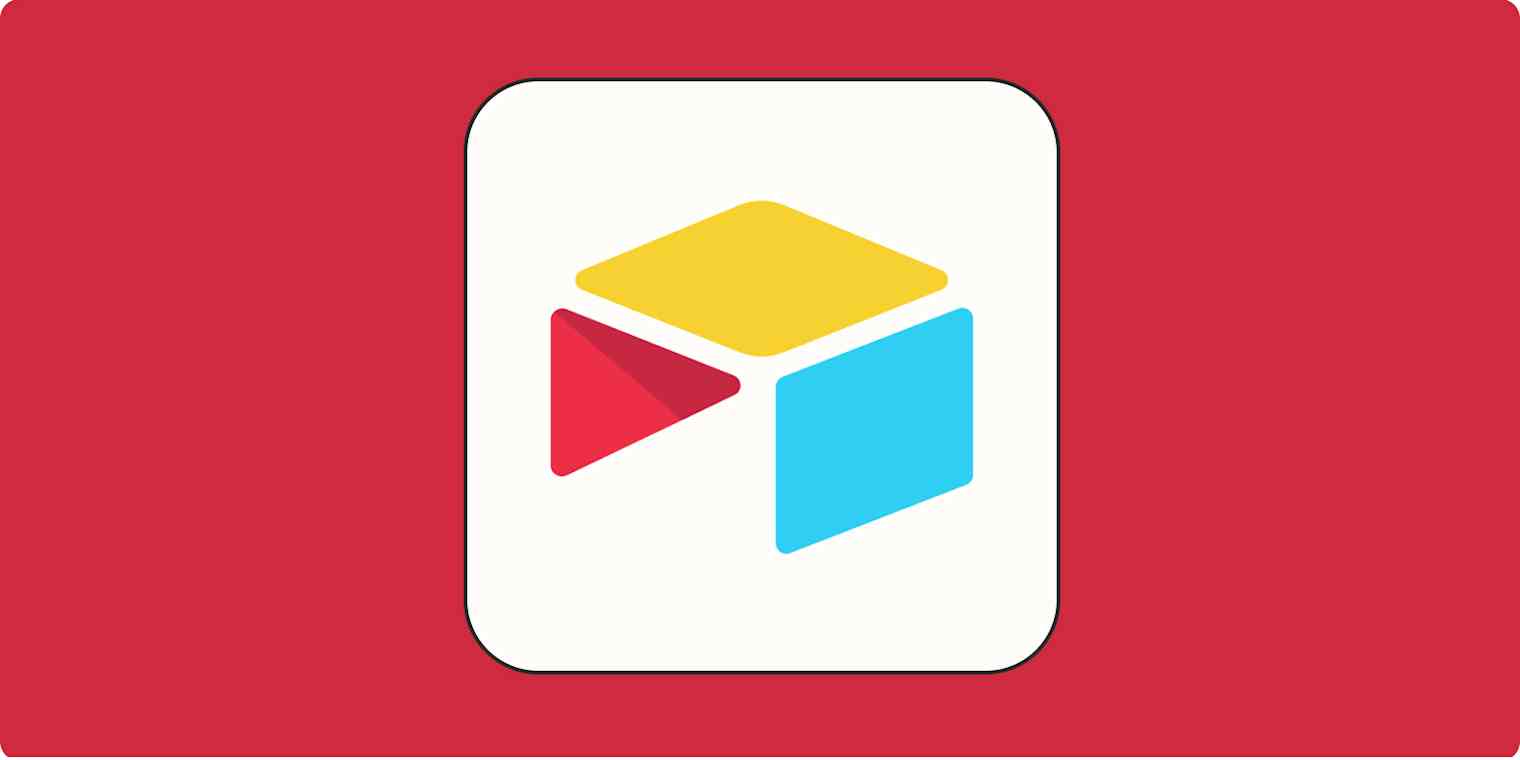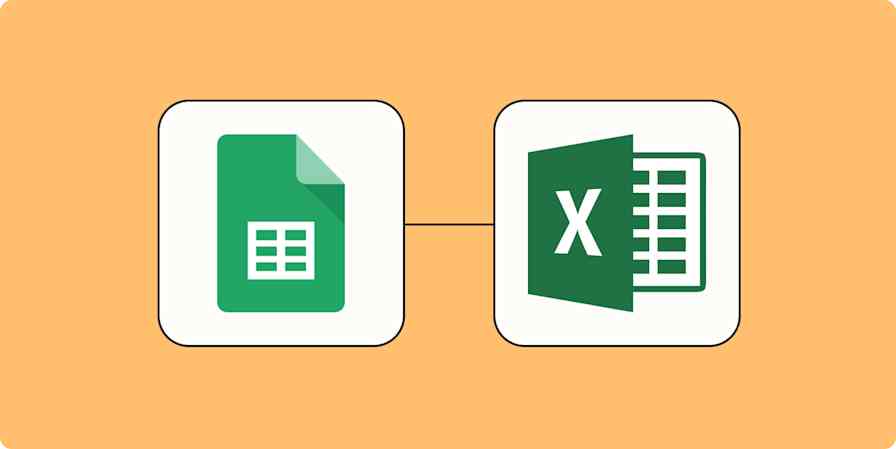App tips
9 min readWhat is Airtable?
A beginner's guide on how to use Airtable.
By Jessica Lau · February 27, 2024

Get productivity tips delivered straight to your inbox
We’ll email you 1-3 times per week—and never share your information.
mentioned apps
Related articles
Improve your productivity automatically. Use Zapier to get your apps working together.







